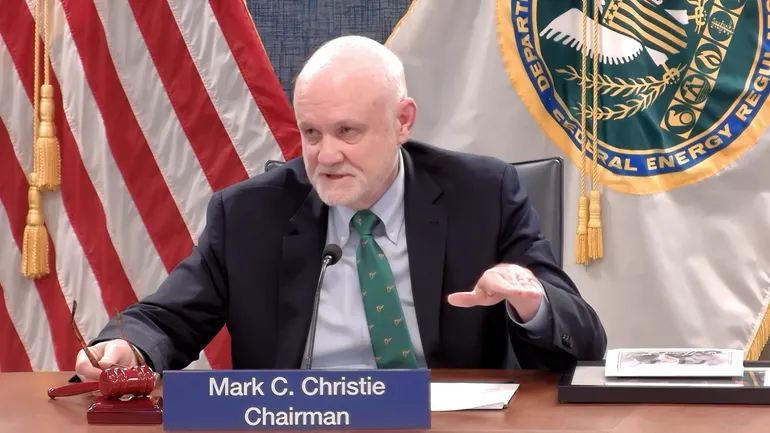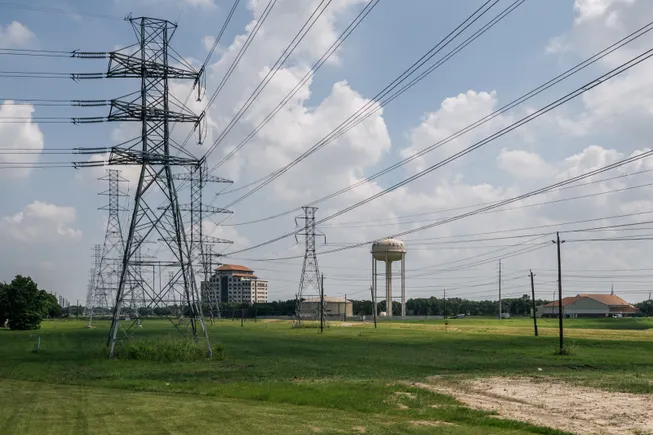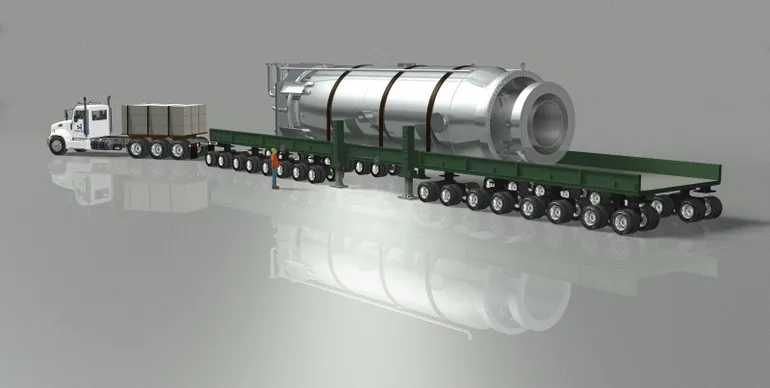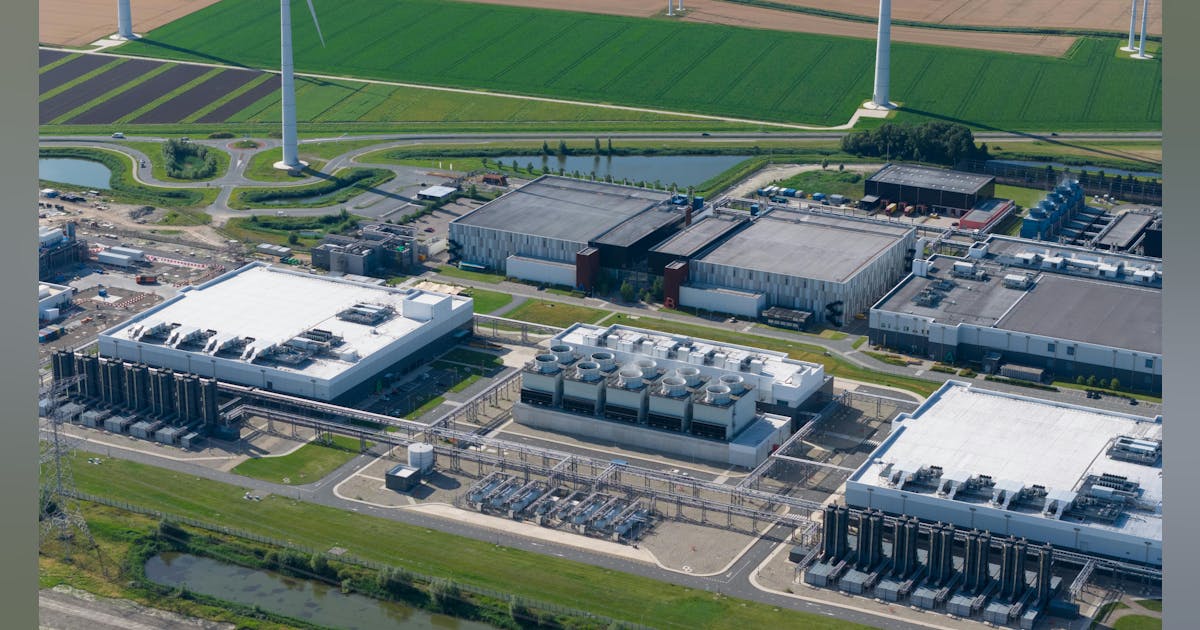
In a statement posted on its website recently, the Texas Railroad Commission (RRC) announced that its employees raised more than $9,600 to support central Texas flood victims.
“The fundraising campaign engaged the agency’s statewide employees who made voluntary monetary contributions,” the statement noted, pointing out that the funds will go to the Community Foundation of the Texas Hill Country – Kerr County Flood Relief Fund and Texas Search and Rescue (TEXSAR).
The commission staff fundraiser was held July 10 through July 31, the statement revealed.
“This initiative reflects the strong spirit of service and solidarity among our employees and their dedication to serving fellow Texans in a time of need,” RRC Executive Director Wei Wang said in the statement.
“We are grateful for their willingness to step up and make a tangible difference in the lives of those recovering from the devastating floods,” Wang added.
“We remain deeply saddened by the loss and appreciate those including the first responders and volunteers who are assisting in the recovery efforts,” Wang continued.
The RRC’s donation is the latest in a line of energy entity contributions supporting Texas flood related relief efforts.
In a statement posted on its website last month, ExxonMobil announced that it had contributed $650,000 to flood relief efforts in the Texas Hill Country and Ruidoso, New Mexico.
Of that total figure, $250,000 went to Kerr County Flood Relief Fund, $150,000 went to the American Red Cross, $100,000 went to the West Texas Food Bank, and $150,000 went to the Community Foundation of Lincoln County, Exxon revealed in the statement.
“Our hearts are with the families and communities impacted by the devastating floods that ravaged the Texas Hill Country and Ruidoso, New Mexico,” Exxon said in its statement.
“We also commend the first responders, volunteers, and community leaders working tirelessly on the ground to support relief efforts in our home state of Texas and neighboring New Mexico, where we have active operations and community presence,” it added.
“As part of our commitment to both immediate and long-term recovery, ExxonMobil has contributed a total of $650,000,” it continued.
In a statement posted on its site in July, Chevron announced a donation of $250,000 to support flood relief efforts in central and west Texas.
Of that total figure, $100,000 was allocated to Community Foundation of the Texas Hill Country, another $100,000 was allocated to Team Rubicon, and $50,000 was allocated to Fuel Relief Fund, Chevron outlined in that statement. The company also revealed in this statement that, in addition to the donation, it was introducing a 2:1 employee match contribution program, up to $250,000.
“Chevron has a long history of responding to the needs in communities where we operate,” Laura Lane, Chevron Chief Corporate Affairs Officer, said in the statement.
“Our partnership with these outstanding organizations will help provide essential aid to those impacted by the catastrophic floods,” Lane added.
“We also extend our sincere appreciation and gratitude to the volunteers and first responders who have worked tirelessly on the front lines of the relief efforts. They are who make us all Texas strong, Texas proud,” Lane continued.
A statement posted on BP’s site announced that the BP Foundation will contribute $50,000 to the American Red Cross Texas flood relief designation and an additional $50,000 to the Kerr County Flood Relief Fund through the Community Foundation of the Texas Hill Country. The statement also announced that the BP Foundation has pledged up to $100,000 to double-match employees’ personal donations to these organizations.
“A catastrophic flood recently devastated communities across Central Texas, which claimed many lives and caused tremendous destruction – the loss they’ve experienced is unimaginable,” the statement said.
“During these tragic times, BP is committed to helping provide resources and support needed to recover from this disaster,” it added.
In a statement posted on the NRG site last month, NRG and Reliant announced an initial commitment of $500,000 for disaster relief, “in support of our fellow Texans impacted by the recent devastating flooding in Central Texas”.
“This funding aims to provide both immediate and long-term support for overall recovery efforts, first responders, and related mental health needs,” the statement noted.
“NRG and Reliant’s commitment includes direct funding for the Kerr County Flood Relief Fund and Central Texas Community Foundation, as well as customer assistance across impacted counties; triple matching for all eligible employee donations supporting flood recovery efforts; and support for impacted employees through the NRG Employee Relief Fund,” it continued.
Mark Parsons, senior vice president and head of Texas Energy, NRG, said in the statement, “this is an unimaginable tragedy for so many, and our hearts go out to the families and communities impacted by the devastating floods”.
“We want to express our gratitude and commend the heroic efforts of local first responders. Texas is home for us, and we stand with all our neighbors during this time of need,” he added.
“As recovery efforts continue, we’re working with local agencies, governments, and nonprofits to ensure our support is directed where it’s needed most – both now and in the hard months to come,” he continued.
“We know recovery will be an ongoing effort, and we’ll be with the community every step of the way,” Parsons went on to state.
To contact the author, email [email protected]





















